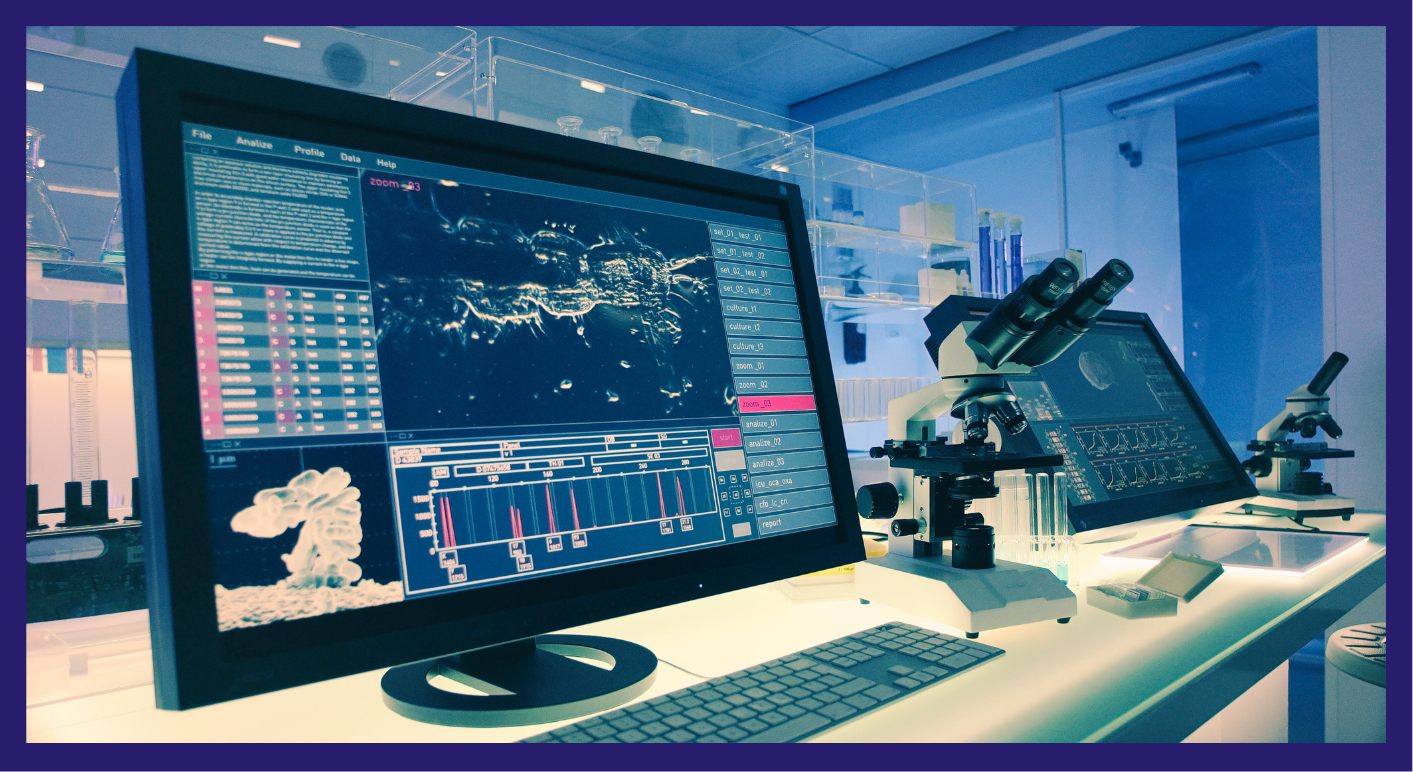Our advantage
Rapid and Reproducible Cell Counting with SnapCyte™
While automated cell counters have gained popularity, many laboratories still rely on manual counting with hemocytometers for its reliability, especially with complex samples.
SnapCyte™ enhances this trusted method by automating the analysis of hemocytometer images, delivering rapid, accurate, and reproducible results. With SnapCyte™, you achieve accurate results faster while reducing waste and maintaining the integrity of your data.
How SnapCyte™ works
Start by preparing your cell suspension as you normally would, then load it into a standard hemocytometer. In the SnapCyte™ App, capture clear images of the hemocytometer chambers at 10X magnification, making sure that grid lines and cells are distinctly visible. Select the “Hemocytometer” option to enable automatic cell concentration calculations. SnapCyte™ uses advanced AI to count cells and assess viability, detecting stains like Trypan Blue (TB) and Erythrosin B (EB). Within seconds, you can access precise and consistent cell count and viability data, ensuring reliable and reproducible results across experiments.
Why use SnapCyte™?
- Improved Reproducibility: SnapCyte™ ensures consistent criteria for cell counting and viability assessments, minimizing variability across different users.
- Speed: Each image is processed in under 30 seconds, enabling faster completion of the entire cell counting process compared to traditional methods.
- Waste Reduction: Works directly with hemocytometers, eliminating the need for disposable slides and reducing waste and costs.
- Enhanced Reliability: Complements the trusted manual counting method, providing accurate analysis, especially for complex samples.
Request your 30-day free trial
Ready to see the benefits for yourself? Sign up for a free trial and discover how SnapCyte™ can transform your cell culture analysis.
Frequently asked questions
Most Frequent Questions and Answers
What types of hemocytometers are compatible with SnapCyte™?
SnapCyte™ can work with various hemocytometers, but the automated calculation is specifically designed for those with a 0.1 mm chamber depth. Compatible types include Neubauer, Improved Neubauer, Bürker, and Bürker-Türk hemocytometers. While SnapCyte™ can still process images from hemocytometers with different depths, you will need to manually adjust the calculations.
Do I have to have a hemocytometer to count cells with SnapCyte™?
No, not necessarily The hemocytometer is used to calculate cell concentration. If you want to count single objects in other types of images, you can do so, and the result will be presented as the total count per image.
What magnification should I use for capturing images?
Use 10X magnification to ensure clear imaging of the hemocytometer’s grid lines and cells.
How does SnapCyte™ handle cell clumping during counting?
The AI model in SnapCyte™ distinguishes between individual cells and small clumps (3-5 cells per clump), providing accurate counts even in these cases. However, larger clumps should be avoided, and samples should ideally be prepared as a single-cell solution for the best results.
Can SnapCyte™ detect viability without using stains?
SnapCyte™ is optimized for viability detection using stains like Trypan Blue (TB) and Erythrosin B (EB). Unstained viability detection is not supported.
What should be the dilution factor in sample preparation for using a viability stain?
When using a viability stain like Trypan Blue (TB) or Erythrosin B (EB), a 1:1 dilution is recommended. SnapCyte™ automatically accounts for this dilution factor when calculating cell concentration.
What is the dynamic range of cell counts with SnapCyte™?
SnapCyte™ offers a much higher dynamic range of cell counting compared to manual methods, capable of accurately counting up to 10^7 cells. This extended range allows for precise analysis even in highly concentrated samples.







